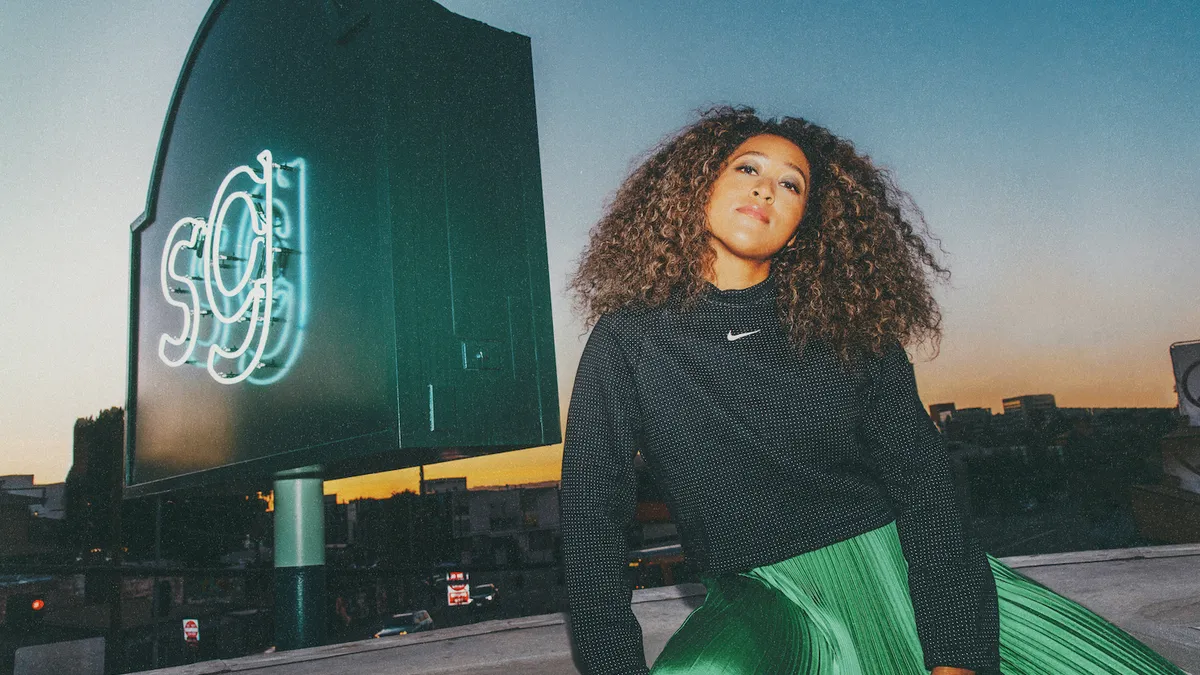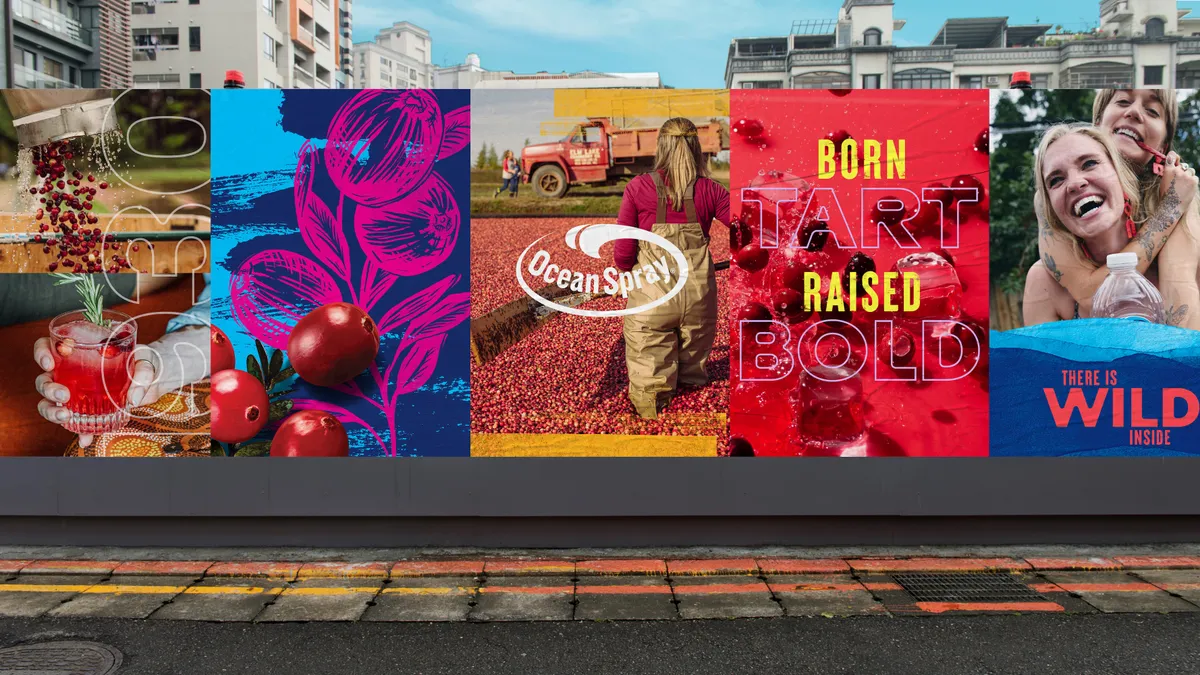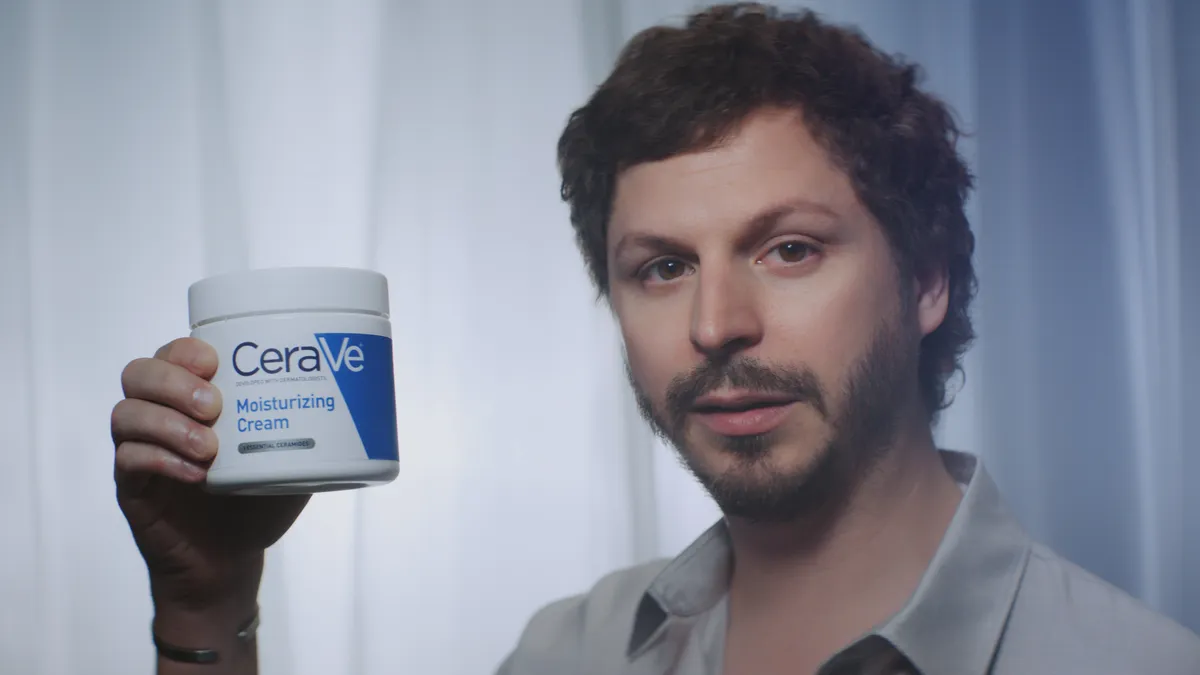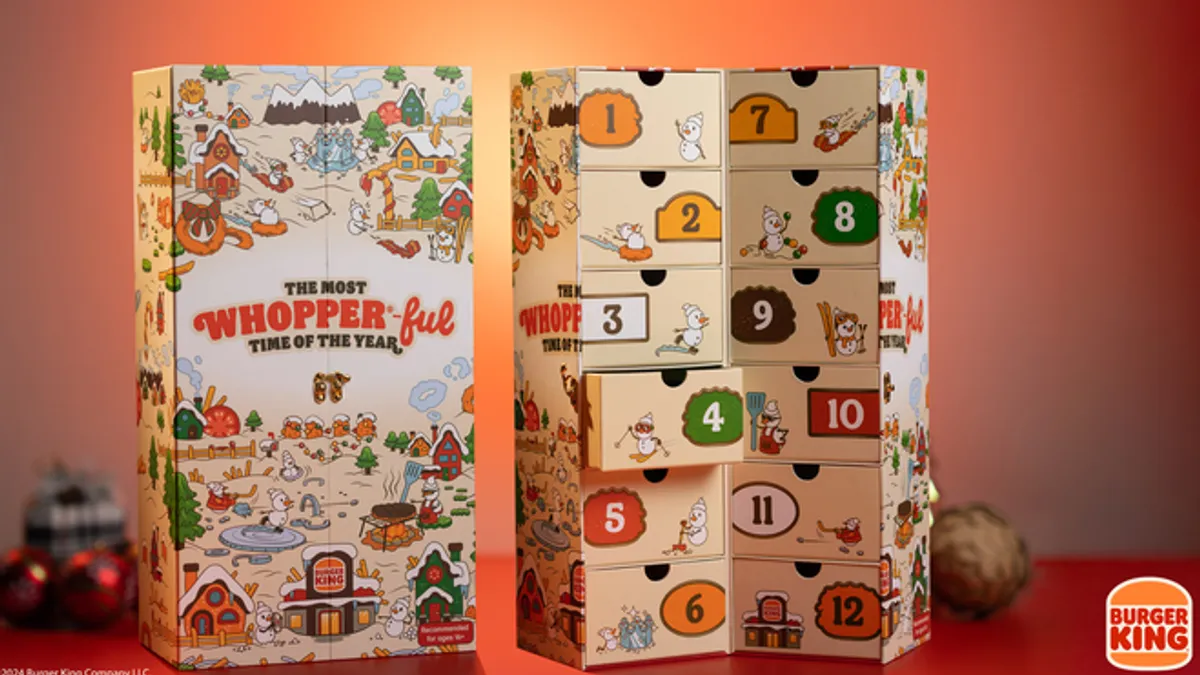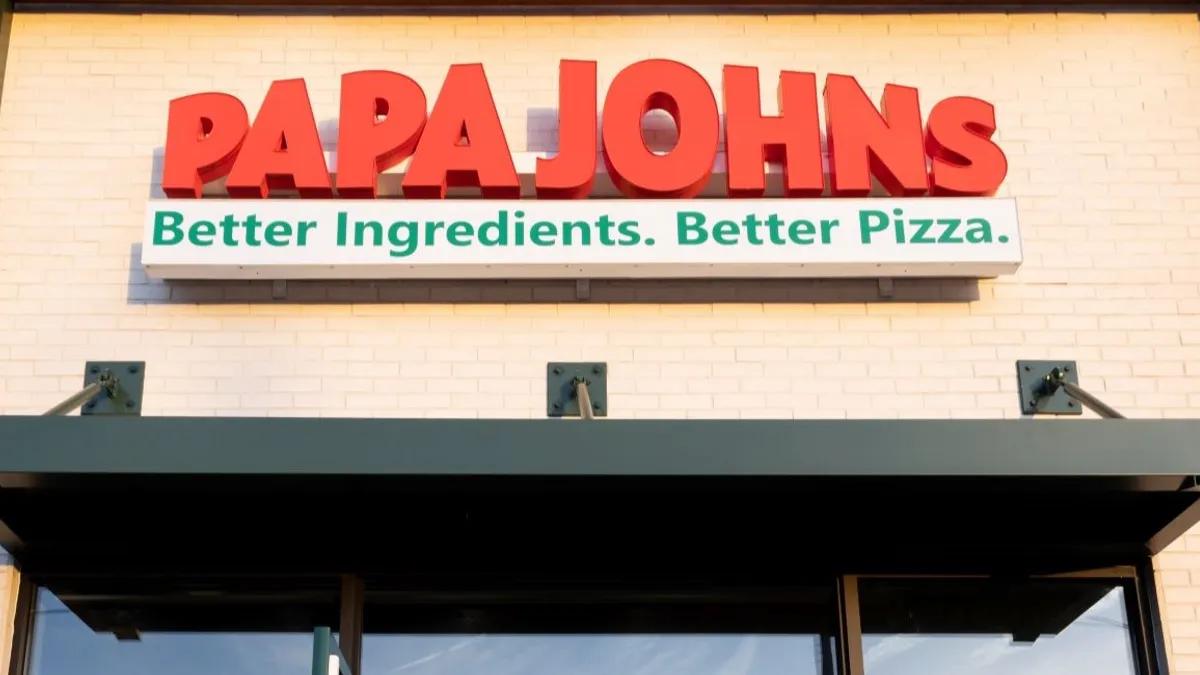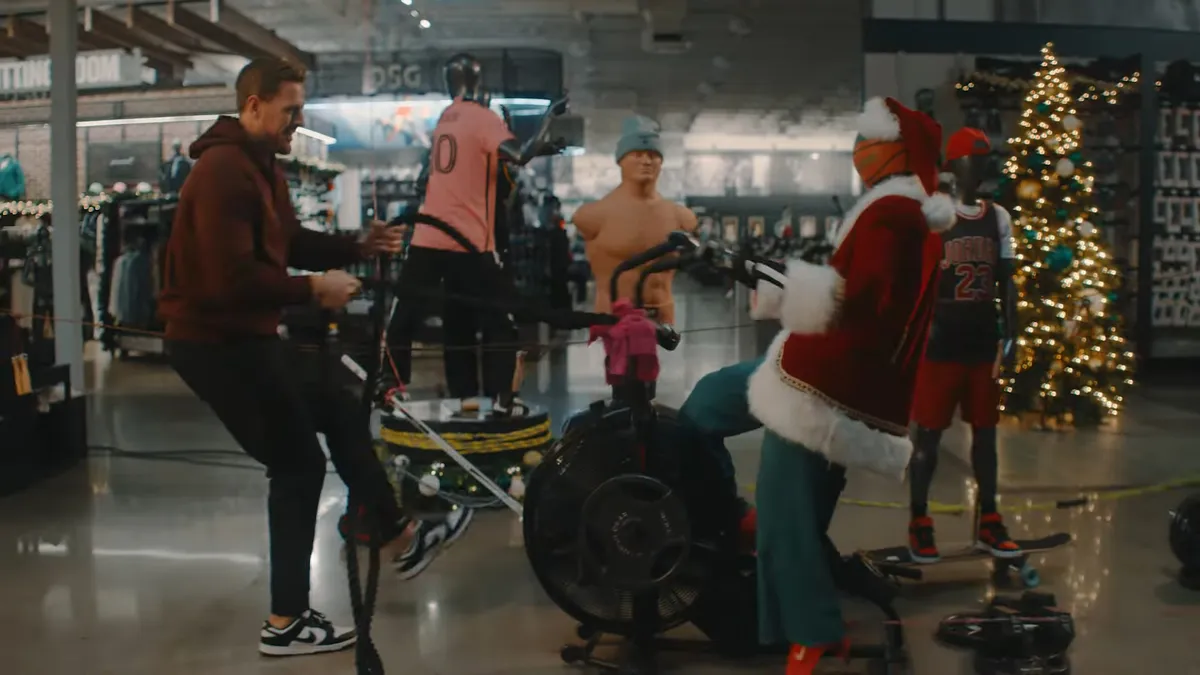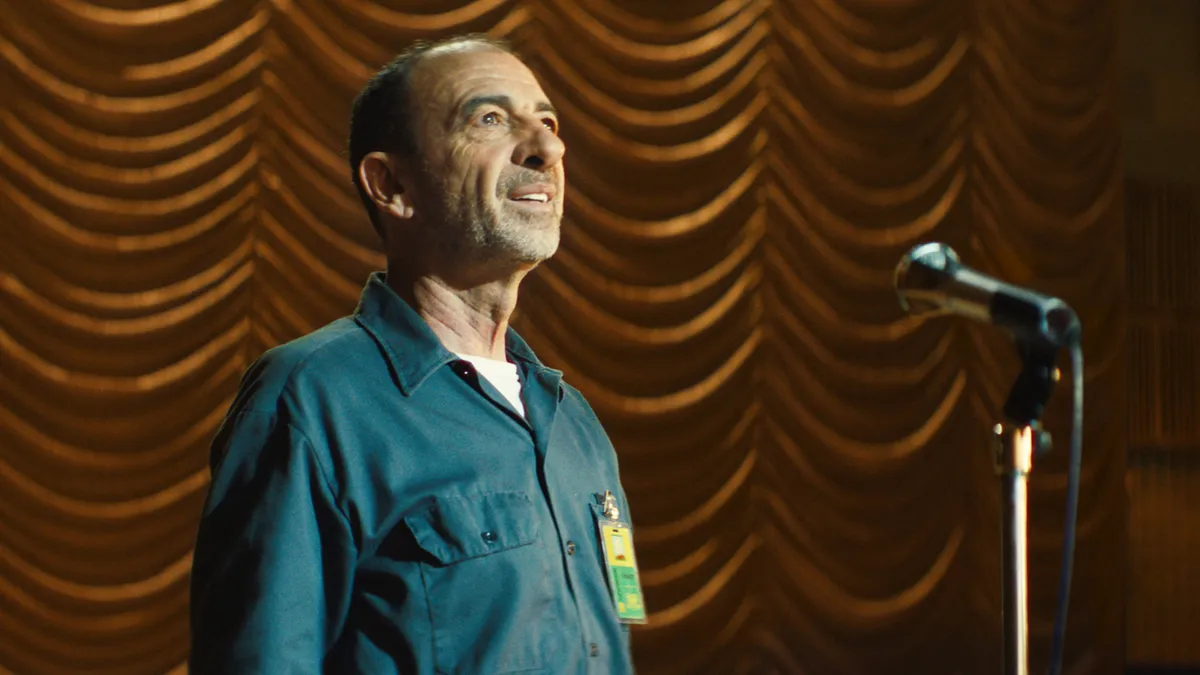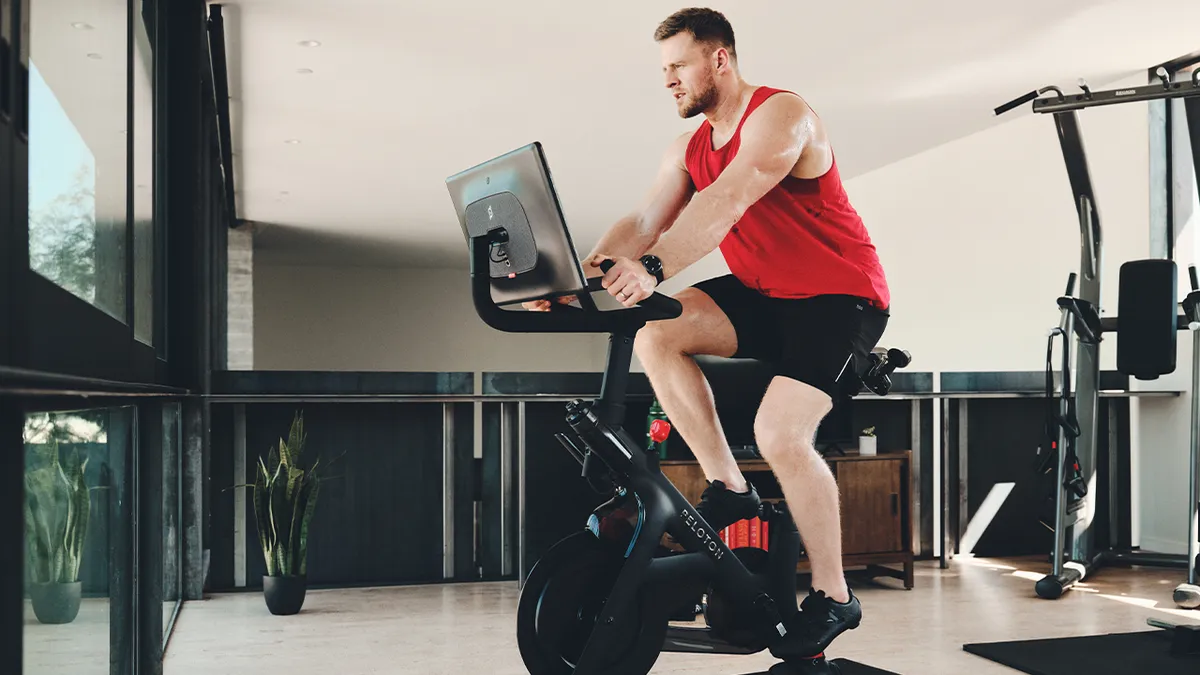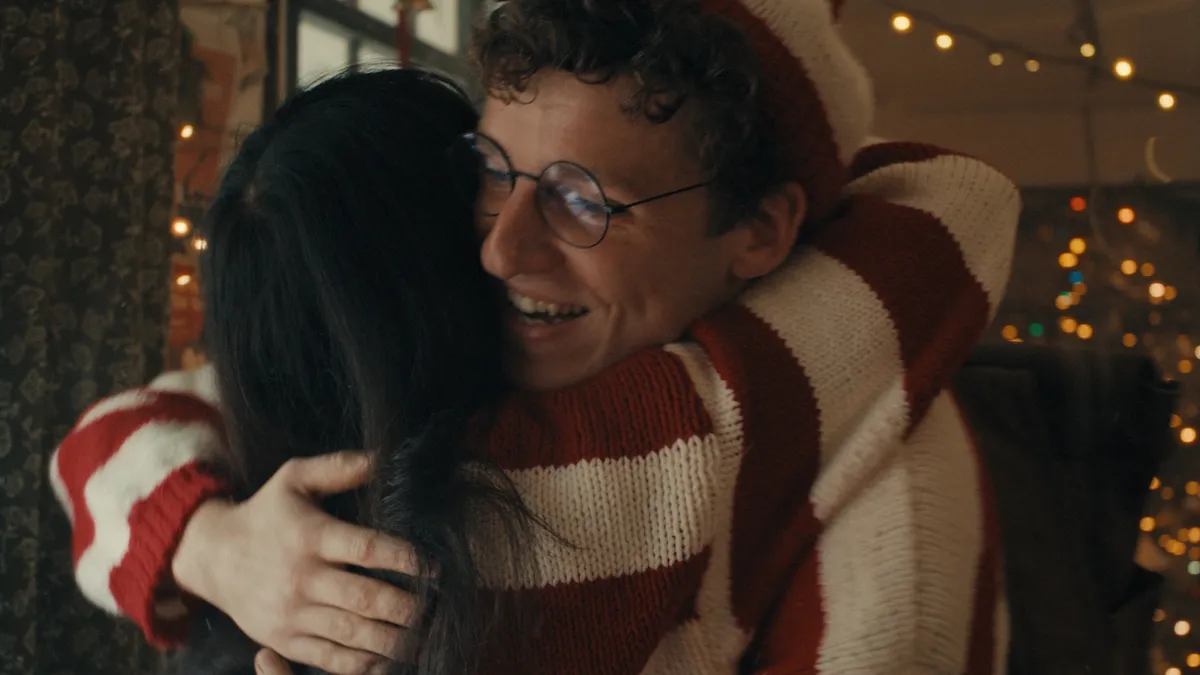Earlier this year, Sweetgreen announced that it was launching an in-house agency that would oversee a wide remit including advertising, packaging, online channels, store experiences and social media presence. With the move, the fast-casual chain became the latest brand to adopt an in-house model that often cuts costs and can be more agile than relying on traditional agencies — key priorities as it files for an IPO.
The agility of Sweetgreen's in-house agency was tested relatively early in its existence. In May, the company launched a partnership with tennis star Naomi Osaka that sought to change perceptions around fast food with what the brand described as "food that treats you right physically and mentally."
But just weeks after the campaign's launch, Osaka made headlines for a different reason: her decision to abstain from press conferences at the French Open due to her concerns about mental health, after which the tournament fined her $15,000 and threatened further punishments and suspension from the Grand Slam tournaments. Soon after, Osaka withdrew from the tournament and said she would "take some time away from the court," citing bouts of depression she has suffered since the US Open in 2018. Hours later, Sweetgreen tweeted a statement in support of their first national athlete ambassador.
"We believe wellness should be a holistic approach — mind and body. We're proud of Naomi for bringing awareness around the importance of mental health to a global stage and are honored to have her as a part of team Sweetgreen. We're looking forward to supporting her in furthering this conversation throughout the year," said Thomas Wilder, executive creative director at Sweetgreen's in-house agency.
"[Naomi Osaka] really has this exciting platform where she shares, educates and inspires, but mostly through humility, and that's sometimes rare these days."

Thomas Wilder
Executive Creative Director, Sweetgreen
For Sweetgreen, Osaka's focus on her mental health was a feature, not a bug: it is one of the several facets beyond her athletic prowess that the brand intended to celebrate with the campaign. While she's a top-ranked tennis star, she's also an avid gamer, a budding fashion icon and an advocate for meditation and mental health, explained Wilder.
"She has this incredible quiet confidence and leadership, and she does stand for that next generation of healthy eaters and what people are looking for in their life, which is a real sense of balance," he said.
Osaka was also a "natural" fit for the brand because she's been a longtime customer, eating the brand's food three times a week as part of her workout regimen, Wilder explained. But it mostly came down to her personality and balanced approach to life that was on full display during the French Open row.
"She really has this exciting platform where she shares, educates and inspires, but mostly through humility, and that's sometimes rare these days," he said.
From agency to in-house
The Osaka partnership and a recent brand refresh are among the first efforts by Sweetgreen's in-house agency. And while they came just months since the agency's launch, they were informed by Wilder, who had a pre-existing relationship with Sweetgreen while working at creative agency Collins, where he was a partner and on staff for eight years.
"Joining the team has allowed us to expand the internal creative capabilities, and we have been able to grow and scale the team so that we're a fully operational in-house agency at this point." Wilder said. "I think there's still room to grow. The brand has a lot of room to grow, as well."
The in-house agency's responsibilities include marketing, communications, advertising and packaging, while working across every discipline and touchpoint within the brand, from developing new wayfinding signage to integrating the brand in the customer experience to running a national campaign across digital and traditional channels, as it did with the Osaka effort.
"It's a really nice flow … where we get to really tackle a lot of exciting problems and challenges for the brand and how we show up in the world," he said.
For Wilder, the move from partner at Collins to executive creative director at Sweetgreen allowed him to bring his years of work on rebrands and customer and digital experiences to a company that he enjoyed working with, learning about and building a relationship with. It also didn't hurt that there was a Sweetgreen across from his office and that he ordered from the chain four times a week, even before partnering with it, the executive stated.
Working in-house rather than through an agency also brings a different level of energy to the work.
"It was a rare opportunity to help build the brand and accelerate the mission and make that impact on the future of food, and be the future of fast food," he said.
Connecting food to culture
While developing the in-house agency has shifted some things operationally, Wilder said it has not fundamentally changed Sweetgreen's marketing efforts as it attempts to maintain a strong brand.
"It's really about continuing to amplify who we are, where we're going and why that should matter to people, and I don't think we should stop communicating any one of those three things," he said.
Remaining true to the brand, maintaining authenticity and staying relevant to the communities it serves continue to be priorities for Sweetgreen and its in-house agency. Often, these priorities have come together by connecting food to culture at large, whether through music — like with its Seasonal Sounds playlists on Spotify — or gaming, as with its partnership with uber-popular gamer Rachell "Valkyrae" Hofstetter.
Salad bowls and video games might seem like strange bedfellows, but Wilder's previous work rebranding Twitch while at Collins highlights how most sponsorships in the gaming world are byproducts that are often unhealthy. As with Osaka, Hofstetter — who co-owns esports brand 100 Thieves — was a Sweetgreen customer before a brand ambassador, using the company's food to fuel 12-hour streaming sessions. The partnership, which included a signature bowl, allowed Sweetgreen to engage with a gaming market that continues to grow.
"We were really excited about … talking to her community and her audience about what healthy eating can do for you, and how it can make you play better and perform better in the space," Wilder said. "[Gaming] is a really exciting space, it's where a lot of creativity and creation happens."
Continuing to grow
As Sweetgreen grows its in-house team, Wilder is focused on finding people across various disciplines — design, storytelling, social media, community building — and with various skill sets, whether focusing on strategy or how to operationalize creativity. And while the in-house team will grow partnerships with agencies when specialization or a fresh perspective is required, Wilder is focused on building out the team.
"We're really focused strengthening our internal team so that we can move at the speed of culture. We want to be able to create an idea and then execute it quickly," he explained.
Moving quickly requires a deep understanding of the brand and the details of the entire company's efforts — an advantage of an in-house team over an external agency. That is especially true when communicating the brand's efforts around sustainability, which have remained a key part of its identity. For the in-house team, the challenge is figuring out how to deliver messages about what the brand is doing, whether that's Sweetgreen's commitment to going carbon neutral by 2027 or its Low Carbon Collection offerings.
"We're doing the work, so it makes it easy from a brand and communication standpoint," Wilder said. "We just need to continue to amplify the message and share openly what we're doing."



